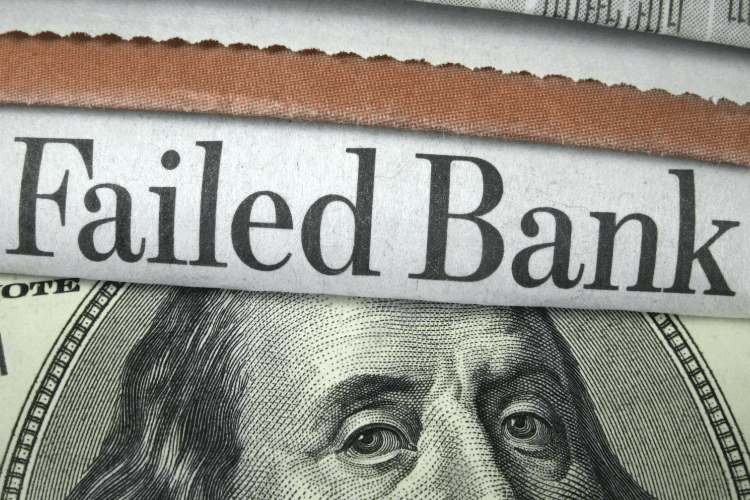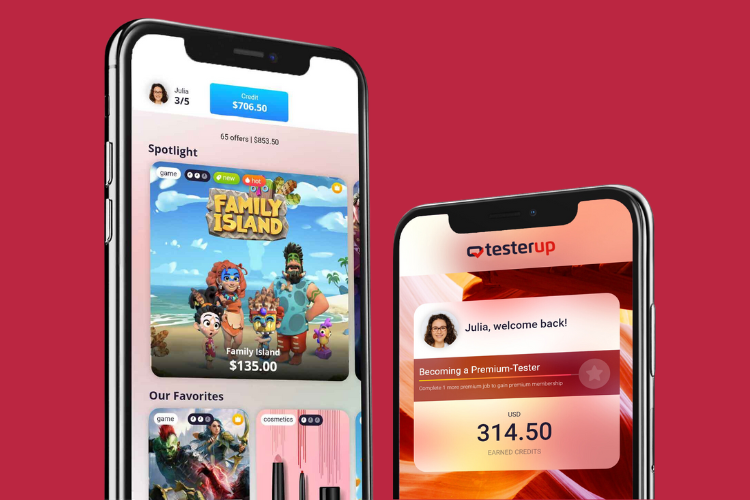Step-by-Step Guide to the Debt Avalanche Plan for Debt Relief

If you’re in debt and have started to explore options to get out, you’ve probably already heard of the two most popular strategies: the debt avalanche and the debt snowball.
Unfortunately, these plans aren’t exactly self-explanatory and might leave you with more questions than answers at first glance.
While it’s not totally clear from the names, these plans differ in how you tackle your outstanding debts. Below you can find everything you need to know about the debt avalanche approach, and you can find more on the snowball method here.
The Debt Avalanche Plan
One of the toughest parts of paying off debt is creating a plan and taking the first steps to follow through on it. The debt avalanche method gives you an easy way to organize your debts and prioritize paying them off.
Simply put, handle your debts in order from the highest interest rate to the lowest. While you should still make the minimum monthly payments on all your debts, commit any extra money you have to the one with the highest interest rate until its paid off and move down the list.
For example, let’s say you have three outstanding debts: a $1,000 balance with 5% interest, a $2,500 balance with 15% interest, and a $10,000 balance with 10% interest. If you’re following the avalanche method, prioritize the $2,500 debt then move onto the $10,000 balance.
What Are The Benefits?
Utilizing the debt avalanche can help you get out of debt more quickly and stretch your money further. By knocking out high-interest debt first you can help save yourself more money in the long term.
If you have a lot of different outstanding debts, your various interest rates can end up costing you hundreds as you fight to pay them off. This should also save you time in getting debt-free as less interest would mean fewer payments down the road.
Hypothetically the debt avalanche strategy presents you the fastest, most efficient way to eliminate your debts.
What Are The Downsides?
As great as this sounds in principle, it’s not that easy in practice. Sticking with the debt avalanche strategy takes discipline, and you may not see the payoff of your hard work for months or years.
Getting out of debt can be as much of a psychological struggle as a financial one. The process can take a mental toll on you, and although the debt avalanche is the most efficient strategy it’s not the most rewarding or encouraging.
For instance, in 2012 researchers at Northwestern University’s Kellogg School of Management found that consumers who prioritized debts from smallest to largest as opposed to by interest rate had more success in ultimately eliminating their debts.
“Perhaps consumers should be told of both the rationally optimal approach to eliminate debt — that is, paying off higher-interest balances first — as well as the possible psychological benefits of closing account balances,” said Blakely McShane, a Northwestern professor who worked on the study.
This study generally showed that for many consumers, the debt snowball method may be more effective even if the debt avalanche approach is more efficient.
Is the Debt Avalanche right for me?
When it comes down to it, the strategy you choose to get out of debt should be based on what fits best with your personal goals and motivations.
If you’re very disciplined and dedicated to getting out of debt as quickly as possible, utilizing the debt avalanche can help you get there. You’ll save time and money in the long run but may not feel much satisfaction until you’re completely debt-free.
In the end, motivation is key. The worst-case scenario would be getting discouraged and falling further behind on your debts. For help staying on track, check out our step-by-step guide on getting out of debt for good.









